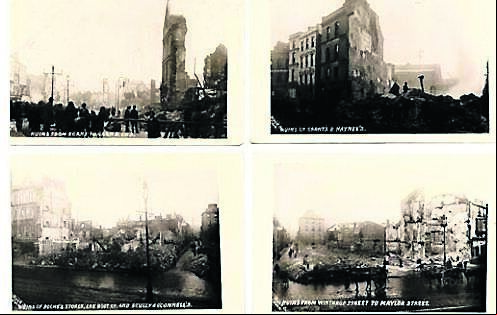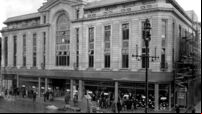Throwback Thursday: When Roche saw his store go up in smoke

Tomorrow night, May 23, a great gathering of former Roches Stores employees takes place up in the Sky Garden of Clancy’s Bar on Princes Street, from 7.30pm onwards.

“Back home again, I deliberately decided to go in business on my own and prepared to sacrifice everything to make it a success.

“The same man, who was fully armed, thought for a moment, then gave me a gentle, not unfriendly push and said, ‘Go on’. It looked to me as if, although not drunk, they had had a few drinks.







